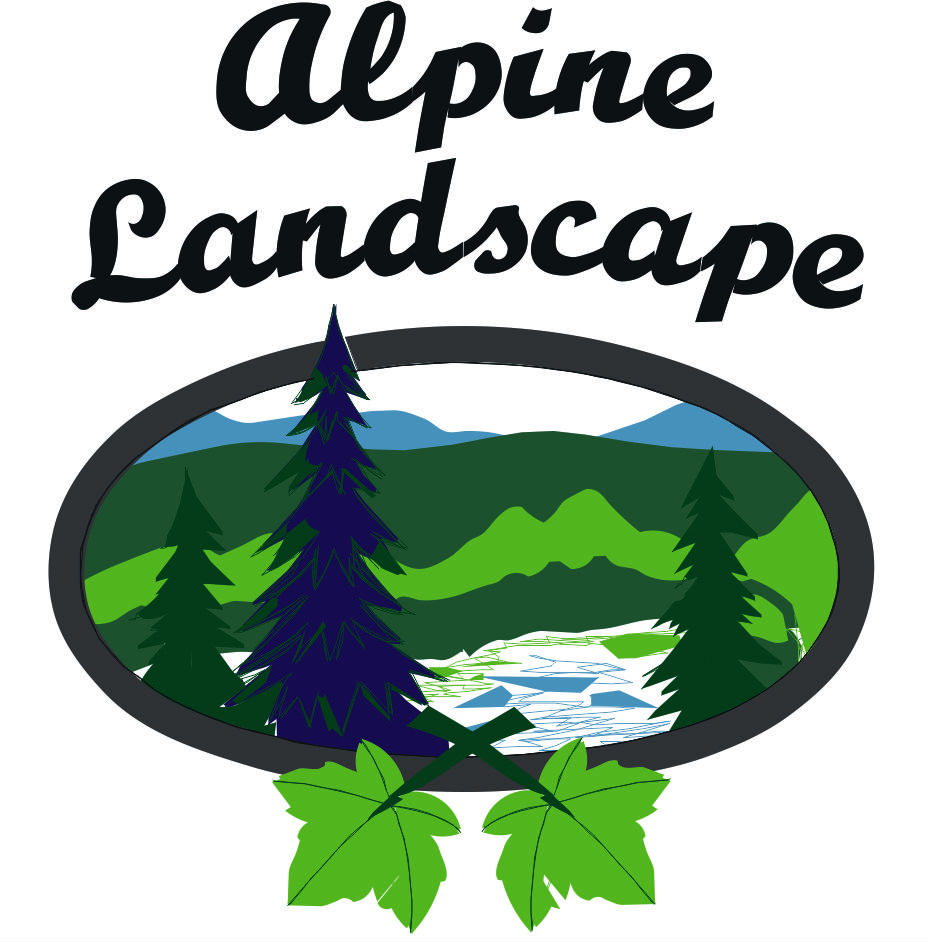Hardscaping: Why you should consider it
/Landscaping is not simply about plants and trees. It is both science and art, requiring creativity and imagination to achieve the perfect balance of elements in your space. For the most dramatic effects, natural beauty should be contrasted and balanced against a hardscape accent or theme. Hardscape refers to the non-living, heavier aspects like stones, rocks, patios, gates, and driveways. Softscape involves other elements (soil, trees, plants, flowers) that give life to the landscape and add color and warmth. Both hardscaping and softscaping are necessary for an effective landscape design, but understanding the complexities of each application will help you choose the right combination of both to best suit your lifestyle and needs.
Some hardscape serves a purpose and is not simply ornamental. For example, hardscaping can be used to retain soil, prevent water absorption, create more usable space, prevent erosion, and create privacy. Hardscape is more expensive initially, and it is harder and costlier to redo or undo later on. However, hardscaping involves minimal care, whereas softscape can be seasonal and requires regular maintenance to keep the landscape looking its best. Consider your budget, both for the installation and in the long-term. (Don't forget to include the cost of maintenance for replacing annuals, pruning shrubs, and weatherproofing elements.) Also think about the purpose of the area you are landscaping-- the intended use of space, and how hardscaping can prevent or correct problems in the existing landscape. Too much hardscaping can feel cold and uninviting, but our team can craft a design with the right amount to add visual interest and maximize your space. There are many hardscaping options to suit your style, including concrete, ceramic tile, pea gravel, flagstone, and wood. So no matter what application you choose, there are many options to create beautiful surroundings for your home.

